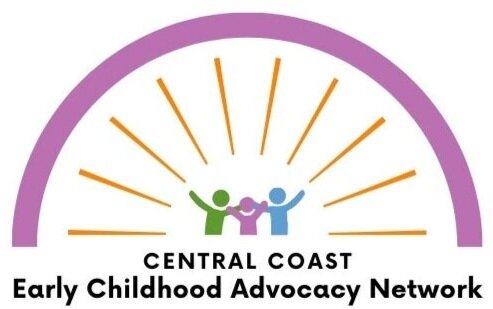
Build your advocacy skills .
Storytelling is one of the most powerful tool we have to share our experiences and inspire positive change.
Create your own message:
Anyone who cares deeply about the future of our children and families can use their stories as a tool for advocacy. To practice your skills and learn how to effectively deliver a message, practice writing and delivering your own powerful “elevator speech” (which is basically a short, compelling speech to build support for your cause).
Who are you?
What is your name? What are your roles? What do you care deeply about? What are your values (personal and shared)?
Example: I am a single mother, teacher, artist and advocate and I care deeply about my child and all children and their right to a joyful childhood full of learning and opportunity.
What is your story?
What challenges are you/your family facing? How are your children/family/community being affected? What do the challenges look & feel like? What key details or facts will help us understand? How does your personal story connect to our shared community story?
Example: I have seen my child, my community and myself struggle through distance learning and face reduced hours of work due to COVID, which impacts our ability to provide for our families. I have been waiting 8 months to get my child into daycare so I can get back to work. Sometimes lately I feel like I can’t breathe, and I know it doesn’t have to be this way.
What is your call to action?
What is your call to action for elected officials? What changes do you want to see? How can we co-create solutions together?
Example: We urgently need to prioritize distance learning resources, childcare funding and economic relief packages to protect the wellbeing of all families and ensure our children can thrive. Can we count on you to work with us to create these solutions?
Make your voice heard:
Now that you’ve created a framework for your “elevator speech,” let’s explore how where and how to use your message to create change.
Practice on your Own
Once you have thought through these questions, write down your ideas and take some time to synthesize your responses into just a a few sentences. Refining our thoughts can feel challenging because there is so much to every story, but the most impactful speeches are often concise and pack a strong punch. Read your final statement out loud to yourself.
Practice with Peers
Practicing your elevator speech in front of family or friends is a great way to ease yourself into public speaking. While giving your speech, practice making eye contact with your audience, articulating your words, and speaking with confidence - even though you will probably feel nervous. Ever heard the phrase “Fake it till you make it”? It works!
Learn by Doing
The most powerful place to share your elevator speech is where it can be heard by our policy makers and other community leaders. Town hall meetings, city council meetings, school board meetings and legislative visits are just a few example of places where you can deliver your message.
Remember: you don’t have to be fearless and perfect - just courageous and authentic. You are your child’s BEST advocate.
Watch an example:
Are you curious to see an example of a well-formulated elevator speech? Watch CCECAN member, Erendira Guerrero, share her father’s story at our Centering Children & Families at the Heart of Recovery Workshop. We hope you find her story as inspiring as we did and soon you will be delivering your own speech with just as much impact!
Watch the English version here
Watch the Spanish version here
Learn About the Process
Click on the presentation to watch the steps of how a bill becomes a law.
Additional Resources
Tips and examples for structuring your story & call to action
Practice worksheet for building your story & call to action
CCECAN Logic Model and our policy platform
5-Step guide for sharing your story




